How to Use the Toyota Tacoma’s 4WD System (Like a Pro)
The Tacoma's 4WD system is a powerful tool for slick conditions and rocky terrain, but switching between 4WD gearing can be confusing for first-timers.
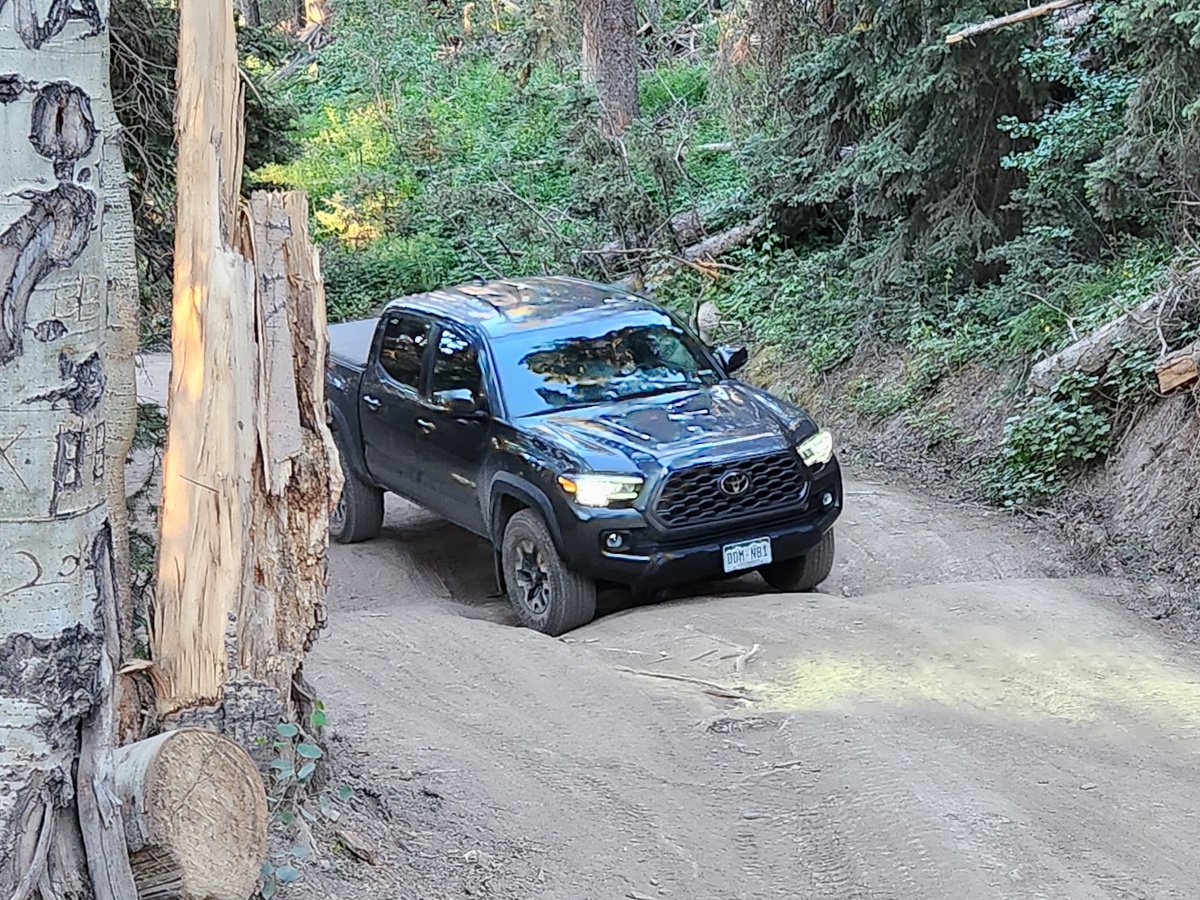
Key Points:
- Make sure the truck is in neutral to use low 4WD gearing.
- You may get stuck in 4WD mode and must follow procedures to get unstuck.
- 4HI and 4LO gears have different use cases to consider.
- Don't use 4WD on dry, hard road surfaces.
- Drive in 4WD mode for at least 10 miles per month to maintain proper lubrication.
Over the past few years, I’ve spent lots of time playing around with 4WD Tacomas. The advanced Tacoma 4WD system is impressive, but you can get so much more out of it if you learn how to use it properly. If you aren’t experienced with the Tacoma four-wheel drive system, I can help you.
To get you started, I give you some simple tips on how to use the system. I also explain when it should be used and when you should stick to 2WD driving.
How to Engage
To help you navigate between the different modes, I tested out the 4WD system on a 2018 Tacoma TRD Sport. Below I’ve included how to get the truck into 4H (four high) and 4L (four low).
If you have a 2024 or newer Tacoma, note that you’ll have to hold down a button on the left side of the drive mode selection dial to make these changes.
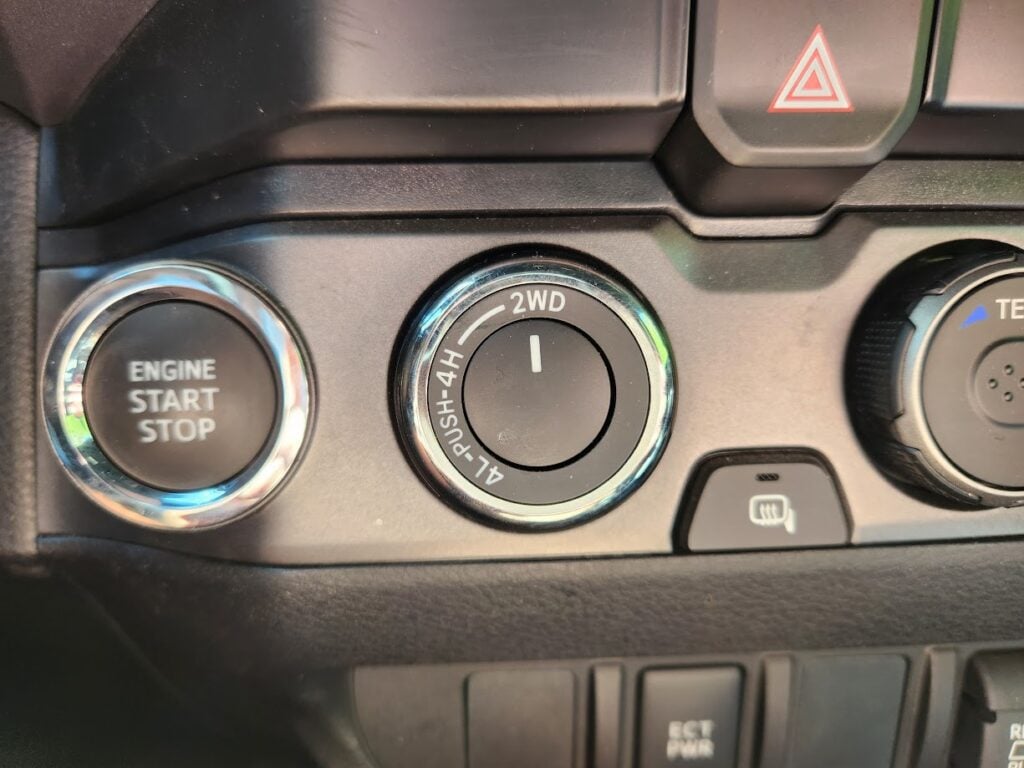
Shifting from 2WD to 4H
When engaging 4WD, the first mode that you’ll encounter is 4H. This is a very common mode to use because it is helpful in a wide range of scenarios.
The directions for this step are the same if your Tacoma has an automatic or manual transmission.
- Reduce the truck speed to less than 62 mph (100 km/h). You don’t need to stop driving or put the truck in Neutral to change the setting.
- Turn the four-wheel drive control switch clockwise until it reaches the 4H position.
Shifting from 4H to 4L
After shifting to 4H, you have the option to continue into 4L for maximum power and control.
The directions differ depending on whether your Tacoma has an automatic or manual transmission.
Automatic transmission
- Stop the vehicle.
- Push the brake pedal down.
- Shift the gear lever to N.
- Push and turn the four-wheel drive control switch fully clockwise.
Manual transmission
- Stop the vehicle or slow down the speed to less than 2 mph (3 km/h).
- Push and hold the clutch pedal.
- Push and turn the four-wheel drive control switch fully clockwise.
If the 4WD indicator flashes and you hear a buzzer, retry the steps above.
Shifting from 4L to 4H
After using 4L, you’ll have to switch back into 4H.
The directions are different depending on if your Tacoma has an automatic or manual transmission.
Automatic transmission
- Stop the vehicle.
- Push the brake pedal down.
- Shift the gear lever to N.
- Push and turn the four-wheel drive control switch counterclockwise to the 4H position.
Manual transmission
- Stop the vehicle or slow down the speed to less than 2 mph (3 km/h).
- Push and hold the clutch pedal.
- Push and turn the four-wheel drive control switch counterclockwise to the 4H position.
If the 4WD indicator flashes and you hear a buzzer, retry the steps above
If it blinks during operation, drive straight while accelerating or decelerating, or try driving forward or backward a short distance to see if it goes off.
How to Disengage
Now that you’ve used 4WD, you will eventually need to switch back out to resume in normal driving scenarios.
To get your Tacoma out of 4WD, you need to have it in 4H. If it is in 4L, follow the instructions above and return to these steps.
Shifting from 4H to 2WD
The directions are different depending on if your Tacoma has an automatic or manual transmission.
Automatic transmission
- Stop the vehicle.
- Push the brake pedal down.
- Shift the gear lever to N.
- Push and turn the four-wheel drive control switch counterclockwise to the 2WD position.
Manual transmission
- Stop the vehicle or slow down the speed to less than 2 mph (3 km/h).
- Push and hold the clutch pedal.
- Push and turn the four-wheel drive control switch counterclockwise to the 2WD position.
What to Do If You’re Stuck in 4WD
The 4WD system isn’t perfect, and you may run into trouble along the way. Thankfully, it shouldn’t get stuck regularly, and usually, it’s simple to get it back into 2WD.
If the truck is stuck in 4WD, the indicator light will blink. There will also be a buzzing sound. These continue until you get the Tacoma out of 4WD.
Here are some tips to help you out.
- Put the truck in Neutral and wait ten seconds or longer.
- Shift into 4H and wait another ten seconds or longer.
- Shift back into 2WD.
If that doesn’t work, you can try these steps:
- Put the truck in Neutral and wait ten seconds or longer.
- Shift into 4H and move in Reverse for a minimum of 60 feet.
- Shift back into Neutral before shifting into 2WD.
If none of these steps seems to resolve the issue, it’s best to take your Tacoma to a qualified Toyota mechanic for more support.
(Tacoma World, VEHQ, Reverly)
Using 4H and 4L
You don’t simply switch your Tacoma into 4WD. You have two options between the 4H and 4L settings, so knowing when to use either selection is important.
4H is the high-speed position which provides greater traction than 2WD. Power is sent to all four wheels in this setting. It’s best used when:
- Tires slide on the road because of icy or slick conditions
- Tires slide off-road
- Truck is stuck in snow or mud
4L is the low-speed position designed for maximum traction and power. It’s meant to be used during slow, controlled driving so that the vehicle can crawl at low speeds. It’s best used when:
- Climbing or descending steep hills
- Off-road driving at low speeds
- Hard-pulling in deep snow, mud, or sand
When to Avoid 4WD
Don’t use 4H or 4L while driving on a dry, hard road surface, or you could damage the truck. It could lead to drive component oil leakage and other mechanical problems that could cause an accident.
You may also notice additional tire wear and increased fuel consumption while driving in 4WD.
Tacoma’s 4WD System Overview
The benefit of the Toyota 4WD system is that it’s an on-demand configuration. That means it doesn’t keep the truck in 4WD all of the time. Instead, the driver can turn it on only when needed, allowing the truck to operate in 2WD under normal conditions.
What is 4WD?
- Both axles provide torque to the wheels simultaneously
- Front and rear axles lock together, allowing all four wheels to receive the same amount of power
- If one or more wheels lose grip, the others help to move the truck forward
4WD isn’t needed for everyday travel. It’s designed for extreme conditions or off-roading.
Caring for Your 4WD System
The four-wheel-drive truck will require more maintenance than a two-wheel-drive configuration. Here are a few tips to remember.
- Never mix tires of different makes, models, tread patterns, or tread wear
- Drive the truck in 4WD for a minimum of ten miles per month to ensure front drive parts remain lubricated
- Apply anti-corrosion spray on critical chassis components, as well as frame members, suspension arms, shock absorbers, brake cables, and brake lines
- Grease fittings on the joints
- Perform regular tire rotations
- Inspect the suspension often and replace any worn parts
It’s also important to follow the Tacoma maintenance schedule and perform these tasks at the appropriate intervals:
- Lubricate propeller shafts
- Inspect drive shaft boots
- Inspect transfer case oil
- Inspect front differential oil
You may need to perform these tasks more frequently than what Toyota recommends if you drive down dusty or dirt roads. Additionally, if you tow often, maintenance should be done more frequently.
Pro Tips
If you want to rule the roads in your 4WD Tacoma, here are a few other tips to follow.
- Avoid using 4WD while driving on dry, hard pavement
- Follow all of the instructions in your Toyota Owner’s Manual
- Shift into 4H when the driving surface gets slippery, or you start to lose traction on a paved road
- Respect the 4WD system and only use it within its intended limits
- Stay under the recommended speeds for your 4WD system
How to Tell If You Have 4WD
You may not know if your Tacoma has 4WD, or you may want to tell if a used model you are looking at is fully equipped. There are several ways to determine if your truck has 4WD. Here are a few of the easiest.
- Check the shift lever for a 4WD switch
- Search the VIN online to see what equipment is included (found on the driver’s side door jamb or on the driver’s side of the dashboard near the windshield)
- Check the owner’s manual
- Look under the truck to see if there are axle shafts or CV joints running from the front wheel hubs to the front differential. 2WD trucks won’t have this.
- Look for a 4×4 emblem on the truck
Frequently Asked Questions
Related Content
Experience Everything 4WD Has to Offer
The best way to get used to the Tacoma 4WD system is to use it. By playing around with the capability, you will learn a lot. Just ensure you follow all of the guidelines in the owner’s manual to avoid damaging the system.
Once you get the hang of using 4WD, the world becomes your playground. You can take your Tacoma down paths you never would have dreamed about before. Just imagine all of the new sights you’ll get to see.

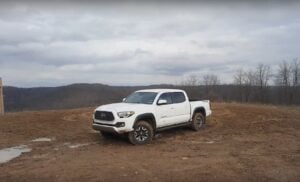
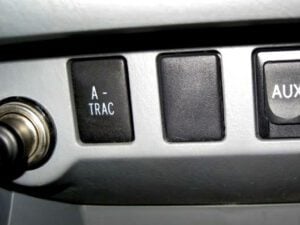

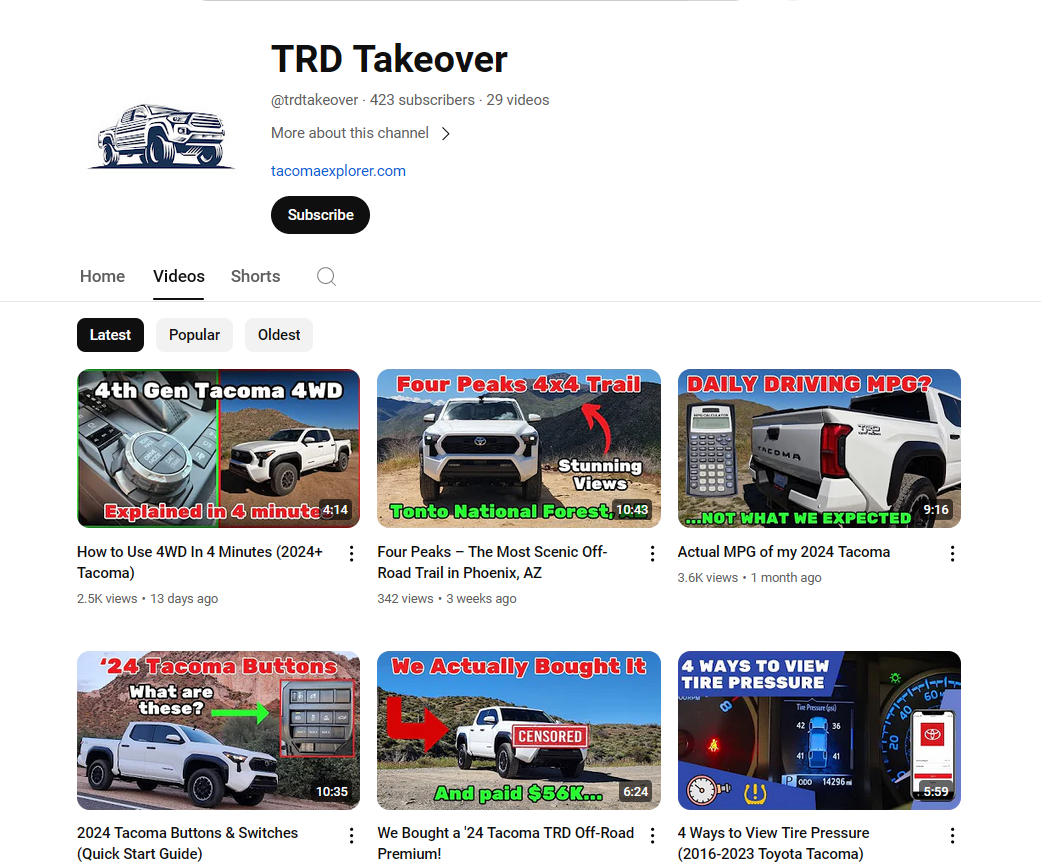
Avoid driving in 4WD while on hard dry pavement- it could cause damage. Drive in 4WD H a minimum of 10 miles every month
Confusing